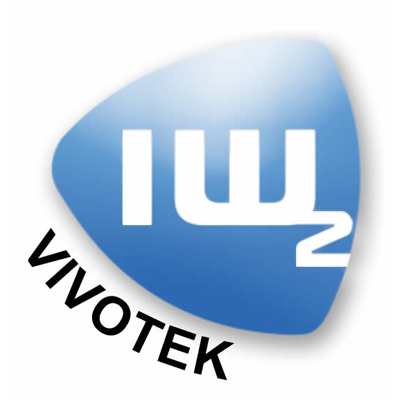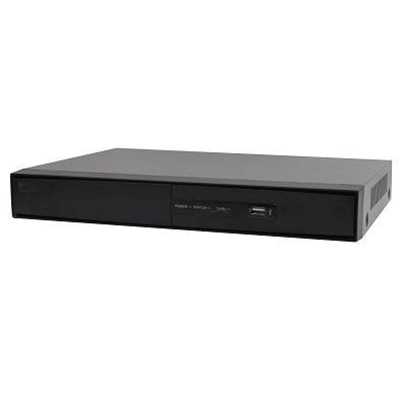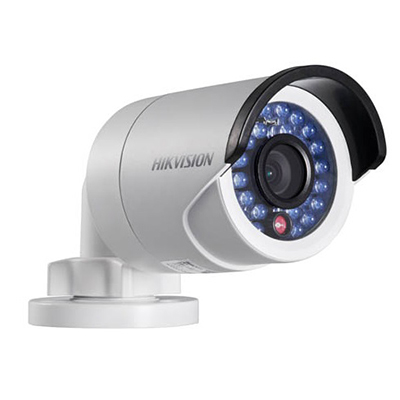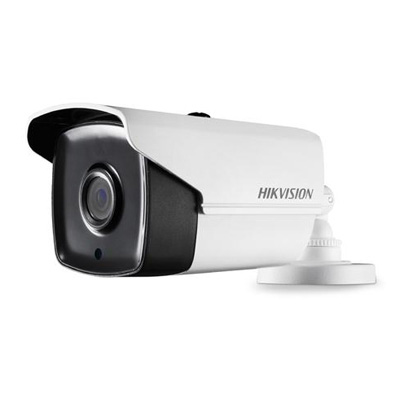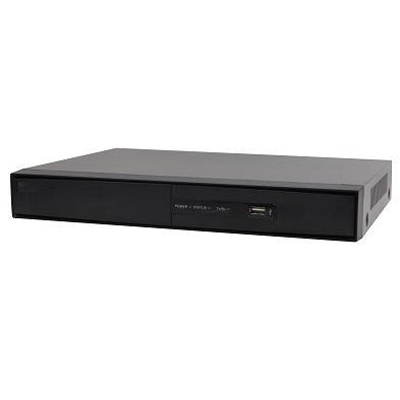CardLogix, a provider of smart cards and software for identity credentials, announces Card Encoding Engine (CEE) for the creation of secure ID cards and badges. CEE is a comprehensive card personalisation software for designing, encoding, and printing credential data, as well as badge issuance. CEE provides the power and versatility of custom ID badging software at a competitive cost with simplified, intuitive features that enable the execution of ID projects without the need for extensive project planning or programming.
CEE's main features include:
- Support for the widest variety of ID credential types and card technologies, including ISO 7816 encoding for smart cards, biometrics, magnetic stripe, 2D/3D barcodes, QR codes, and ICAO-compliant MRZs. Supported card technologies include contact smart cards and ISO 14443 A & B contactless cards, including MIFARE cards.
- A set of intuitive workspaces that logically organise the essential tasks for any project, with graphically driven point-and-click simplicity. Workspaces include Card Editor, Printing and Encoding, Connections, and Printer Management.
- Built-in support for pre-designed CardLogix cards with high security graphics, such as pre-designed ReadyStart™ and Holofoil cards. These secure card designs have been incorporated into CEE and are viewable as backgrounds in the Card Editor Workspace for easy visualisation of a card's finished appearance. CardLogix 2D Holofoil cards have a wide range of popular motifs include high security, voting, driver license, healthcare, transportation, and many others. ReadyStart cards have pre-designed world class security features such as microtext, guilloche, and hidden graphics. These universal backgrounds eliminate design time and increase security.
- Streamlined encoding of a chip card’s logical data structures without API programming for CardLogix' Smart Toolz® and M.O.S.T. Toolz™ programs can be performed in the Connections Workspace. Card Encoding Engine also supports automatic data collection and industry-standard interfaces, without any programming involved.
- As part of the idblox™ Identity Credential Ecosystem, there is also support for the latest generation of Matica and Evolis card printers, biometrics by Corvus and Precise Biometrics, and logical access by Access Smart.
CEE: sophisticated performance, competitive price and cost savings
Card Encoding Engine addresses the need for in-line creation of identity credentials that can be harnessed by most end users, integrators, and resellers — without the need for costly programming. This is possible thanks to the interoperability of the 103 idblox data elements that enable the simple exchange of key identity data between CardLogix Toolz, CEE, and other idblox products. There is no need to program APIs for each project. The result is an elegant execution of a disruptive technology, as well as a sophisticated, feature-rich solution that competes with software programs that cost much more.








